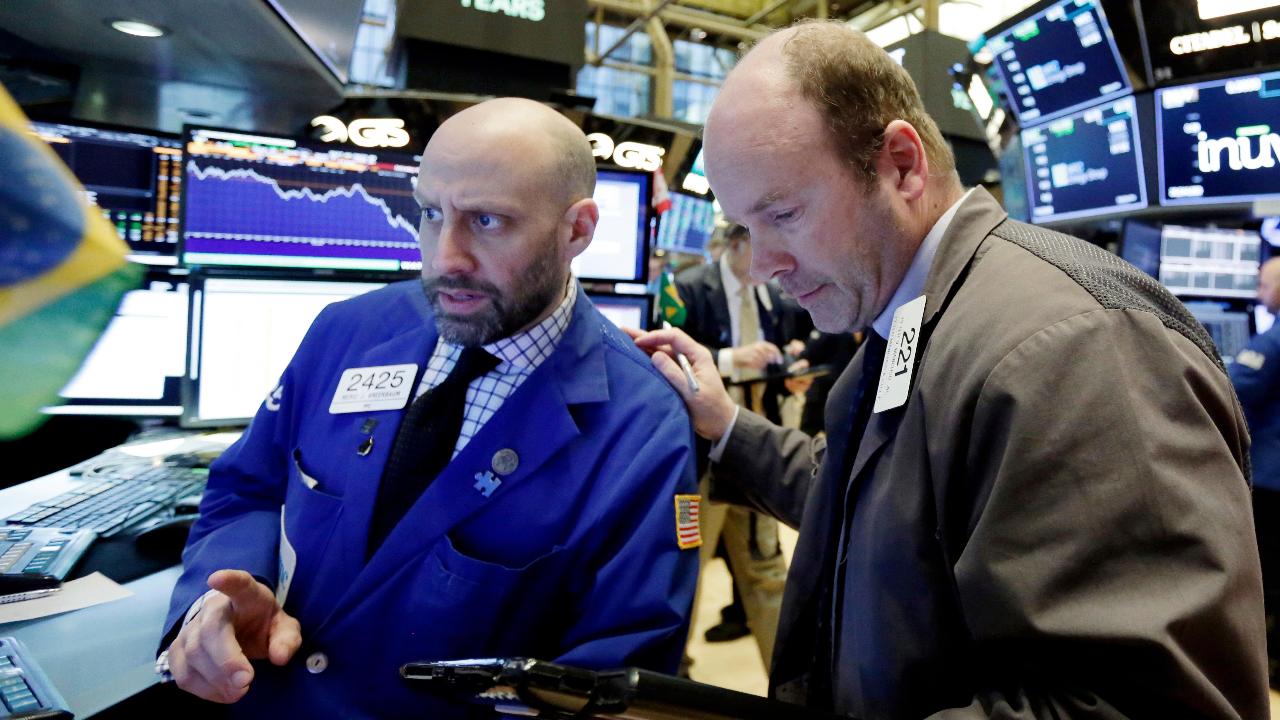Target 1Q sales jump, profit falls short of estimates
NEW YORK, May 23 (Reuters) - Target Corp posted a smaller-than-expected increase in first-quarter profit, pressured by continued investments in its supply chain and online operations even as sales rose, sending its shares tumbling 8 percent in pre-market trade.
The results showed that Target's price cuts and heavy investments to ward off competition from Amazon.com Inc and brick-and-mortar rivals have continued to hurt its profitability.
The company's operating income margin weakened to 6.2 percent from 7.1 percent the same period a year ago.
Gross margins remained under pressure at 29.8 percent compared to 30 percent during the same period last year. The key measure had hit a 20-year low of 26.2 percent during the fourth quarter. First-quarter same-store sales came in slightly higher than estimates, rising 3 percent. Analysts expected a 2.9 percent increase, according to Thomson Reuters I/B/E/S.
Target has poured billions of dollars into its online business and delivery options to take on Amazon and keep up with similar moves at other competitors. Its margins have come under heavy pressure from the costs of shipping more items more quickly directly to customers.
It cut its next-day delivery fee for household essentials to $2.99 from $4.99 last week and waived it altogether for customers paying with a Target credit card.
Online sales rose 28 percent in the quarter, up from the 21 percent rise during the same period a year ago but falling short of the 29 percent rise during the fourth quarter.
The company has also been focusing on doubling the number of so-called small-format stores with a narrower selection of products aimed at urban buyers, aggressively promoting its products and keeping grocery prices low to compete with rivals like Wal-Mart Stores Inc, Amazon and supermarket chain Kroger Co.
Excluding items, Minneapolis-based Target earned a profit of$1.32 per share in the quarter ended May 5, missing the average analyst estimate of $1.39.
Sales rose to $16.78 billion, topping the average estimate of $16.63 billion.
(Reporting by Nandita Bose in New York; Editing by Meredith Mazzilli)




















